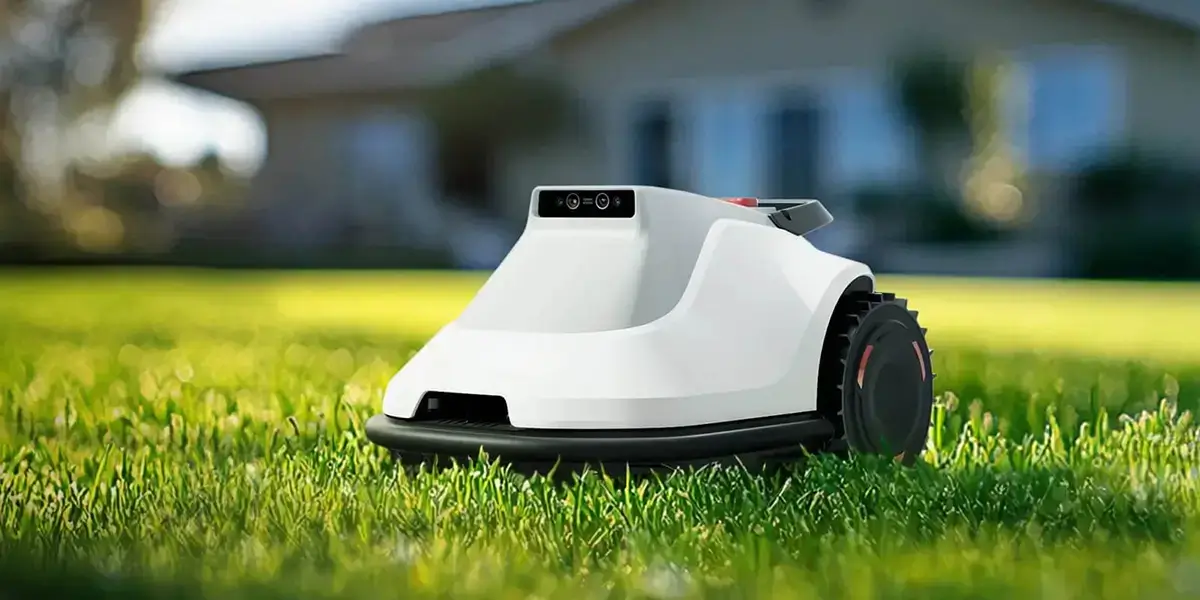In today’s globally interconnected world, the journey of a simple remote control from a factory to your living room is a marvel of logistics, regulation, and international cooperation. Yet, behind the scenes of this seamless process lies a vital but often overlooked component: the Harmonized System code, or HS code, that assigns a unique classification to every product traded across borders.

Imagine trying to ship thousands of remote controls without any standardized system—chaos. Each country might have its own customs procedures, tariffs, and classifications, making the import-export process cumbersome and prone to errors. The HS code was developed precisely to address this chaos, creating a universally recognized language that simplifies and harmonizes customs classification worldwide.
But what exactly is an HS code? At its core, it’s a structured numerical code assigned to products, outlining their category, material composition, usage, and other characteristics. Managed by the World Customs Organization (WCO), the system is updated every five years to keep pace with technological advances and changing trade patterns.
Remote controls, as electronic accessories, fall under a specific category within the HS code system—usually the chapter dedicated to electronic equipment and parts. Typically, remote controls are classified within Chapter 85, which covers electrical machinery and parts. More specifically, they are categorized under headings and subheadings that distinguish remote controls based on their type, functionality, and technology.
For instance, the HS code for a standard remote control for televisions might be 8526.92, which encompasses “Aerials and aerial parts; radio remote controls.” This classification is vital because it directly influences tariffs, import duties, and trade restrictions. Accurate classification ensures that manufacturers, exporters, and importers remain compliant with customs laws, avoiding costly delays or penalties.
Getting the classification right isn’t always straightforward. Many products, especially those with technological components, can float between categories depending on their intended use and features. For example, a universal remote with smart capabilities might sometimes be classified differently than a basic infrared remote control. This nuance underscores the importance of detailed product descriptions and understanding the HS coding system.
Beyond classification, the HS code also facilitates trade statistics. Governments and organizations analyze these codes to monitor market trends, set policies, and develop trade agreements. For companies, understanding the HS code helps in estimating tariffs, planning logistics, and ensuring compliance with international standards.
A typical scenario illustrates the importance of correct HS coding: an electronics manufacturer in China planning to export remote controls to Europe needs to declare the product accurately. If they misclassify the remote control, it can result in delays at customs, excessive tariffs, or even confiscation. Conversely, precise classification expedites clearance, reduces costs, and enhances their global competitiveness.
That’s why most countries require detailed customs declarations where the HS code is prominently listed. This code, combined with other documentation like invoices and shipping manifests, forms the backbone of international trade compliance.
However, the complexity doesn't end there. Different countries sometimes have their own tariff codes or additional sub-classifications, which can cause confusion. To bridge this gap, many companies rely on customs brokers or trade compliance specialists who possess in-depth knowledge of HS codes and regional regulations. They ensure that product classification images align with customs requirements, avoiding misinterpretations.
As technology advances, so do the classification systems. The rise of smart remote controls, IoT-enabled devices, and wireless communication protocols has prompted updates and refinements to HS codes. These evolutions ensure that the classification system remains relevant, facilitating trade in a rapidly changing technological landscape.
In recent years, trade agreements and tariffs have become more complex, making the correct HS code even more critical. For example, an accurate classification can influence whether a product qualifies for preferential tariffs under free trade agreements, significantly reducing costs and opening new markets.
In conclusion, the HS code serves as the unsung hero of international trade, especially in the realm of electronics like remote controls. Its precise application not only streamlines customs procedures but also fosters transparency, efficiency, and fair trade practices worldwide. For anyone involved in manufacturing, exporting, or importing remote controls, mastering the nuances of HS classification can make all the difference in navigating global markets successfully.
Kpower has delivered professional drive system solutions to over 500 enterprise clients globally with products covering various fields such as Smart Home Systems, Automatic Electronics, Robotics, Precision Agriculture, Drones, and Industrial Automation.




































